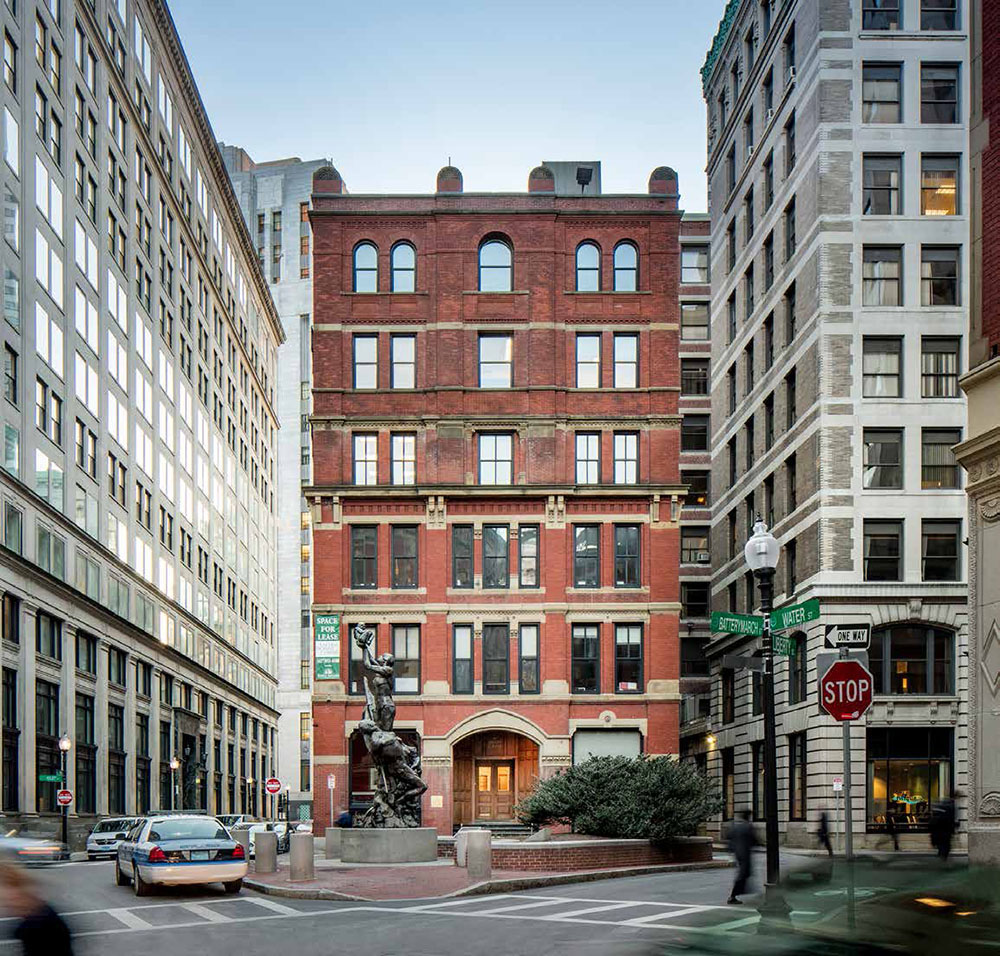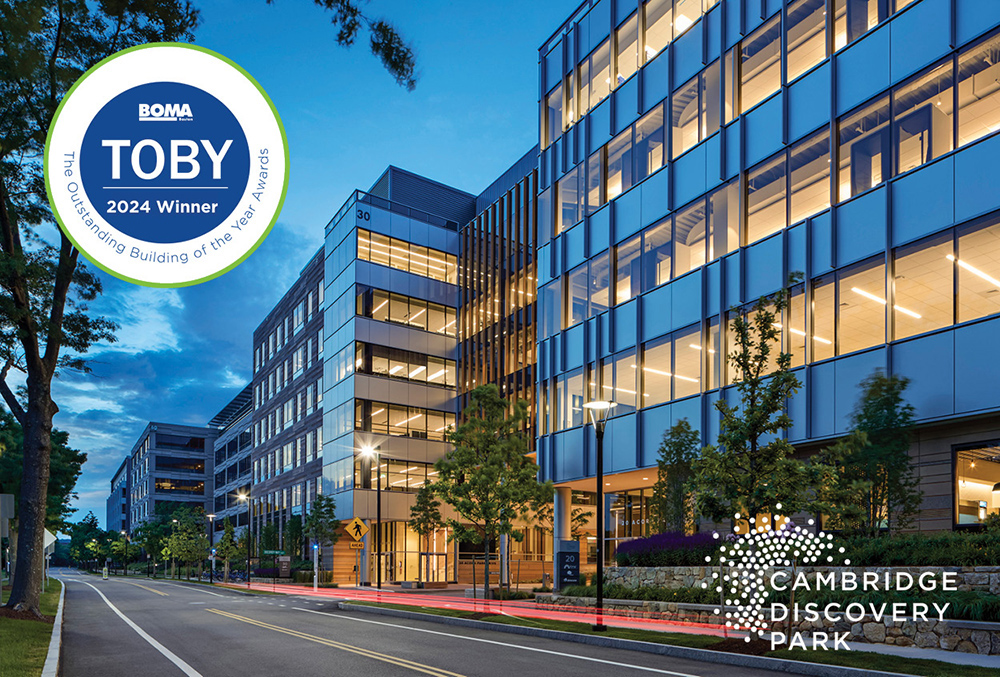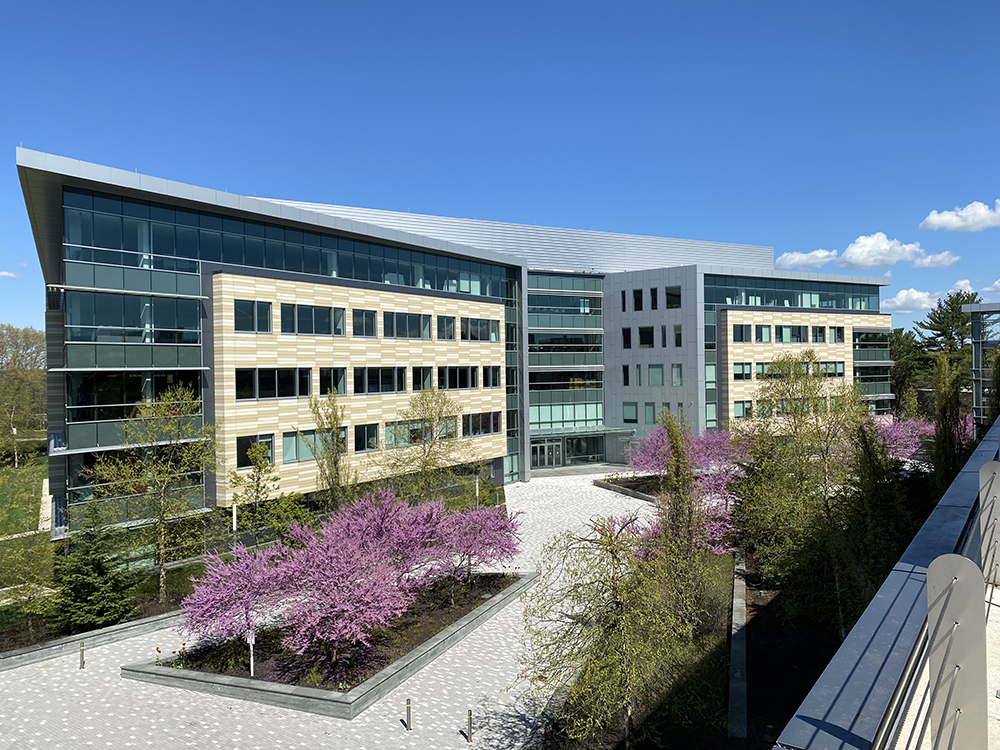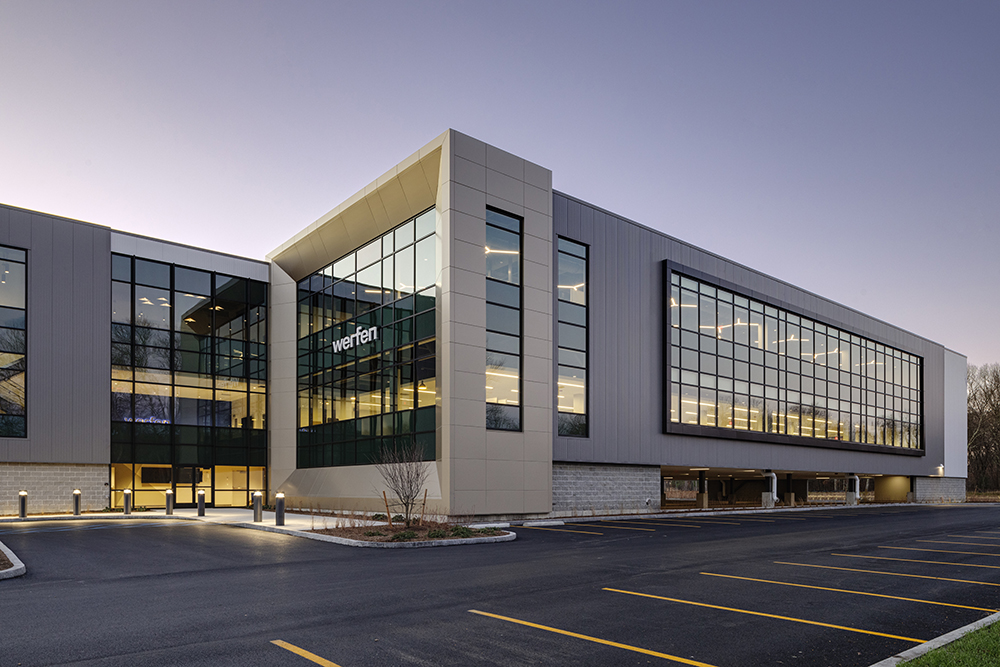News: Front Section
Posted: June 25, 2015
DTZ Boston's Spring 2015 BioWatch Report
From big pharma to seed stage start-ups, establishing a life sciences company has steep barriers to entry - and with drugs taking as long as 10 to 15 years to grow from concept to FDA approval, companies need significant funding in order to survive. Fortunately, the Commonwealth's life science sector has found success in securing public funding (in the shape of National Institutes of Health grants) and private funding (venture capital). In fact, despite its small size, Massachusetts received the largest amount of biotech venture capital over the last two quarters - more than the entire state of California.
But as a result of skyrocketing R&D costs, larger companies are opting to acquire or partner, rather than generate a development pipeline in-house. And this means consolidation, expansion and competition for the best lab space - located in just a handful of markets around greater Boston.
Seaport (Boston): The Seaport may have started as Boston's "Innovation District," but in recent years, 50 Northern Ave. (home to Vertex Pharmaceuticals) has become one of its more prominent buildings. However, not all of the Seaport's life science firms need expansive footprints. Atthe other end of the neighborhood is 27 Drydock Ave. - home to a handful of smaller biotech companies.
Longwood Medical Area (LMA-Boston): While the majority of the space in Longwood is owner occupied, DTZ tracks five buildings totaling just over 1.5 million s/f that are leased commercially. Because of the presence of world class hospitals and medical education facilities, it's rare for space to become available for lease. As a result, vacancy has been below 15% since the mid-1990s and below 1% for the past three years.
Cambridge: Most of us already know that Cambridge is the life science epicenter of New England - and arguably the country. Approximately 20 percent of all biotechnology firms registered in Massachusetts are located within a mile radius of East Cambridge's Kendall Sq. neighborhood - 50% are within 5 miles.
At just over 6.0 million s/f, the East Cambridge lab market is the largest in greater Boston - and obviously the most popular. Prime spaces are leasing at over $70 per s/f - a 7.5% increase over the past year. And vacancy stood at a minuscule 3.3% at the end of the first quarter.
128 Central: 128 Central's tenant base clearly sees the value of lab space at half the price of Kendall Sq. (and free parking). Shire has recently committed to 202,000 s/f at 95 Hayden Ave. in Lexington and 104,000 s/f at 235 Wyman St. in Waltham. Cubist Pharmaceuticals (a recent acquisition of Merck) also resides on Hayden Ave. Winter St. in Waltham is also a hot spot for life science firms - GlaxoSmithKline, AstraZeneca, Histogenics, Alkermes, Immunogen and Fresenius all make it their regional homes.
495/MetroWest: While most pharmaceutical companies tend to congregate in Cambridge, medical device and diagnostic companies have taken a liking to the 495/Metrowest Corridor. 495/Metrowest continues to be the most economical option for tenants seeking research and development space. At $19 per s/f, asking rents have remained stable for the past three years and are more than 70% lower than those in Cambridge.
Since Cambridge became the first city in the U.S. to govern the handling of genetic material back in 1977, we've watched the biotech and life sciences sectors thrive. We're looking forward to seeing how these biotech and life sciences trends change and develop this year, and in the years to come.
Ashley Lane, vice president of research at DTZ, Boston.
Tags:
Front Section
MORE FROM Front Section
Newmark negotiates sale of 10 Liberty Sq. and 12 Post Office Sq.
Boston, MA Newmark has completed the sale of 10 Liberty Sq. and 12 Post Office Sq. Newmark co-head of U.S. Capital Markets Robert Griffin and Boston Capital Markets executive vice chairman Edward Maher, vice chairman Matthew Pullen, executive managing director James Tribble,
Columns and Thought Leadership
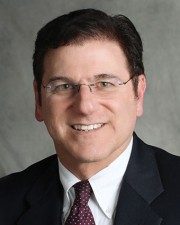
Five ways to ruin a Section 1031 Like-Kind Exchange - by Bill Lopriore
While there is some flexibility when structuring a like-kind exchange, some important requirements must be met. A mistake can ruin your exchange. Here are five mistakes to avoid:

Four tips for a smooth 1031 Exchange - by Bill Lopriore
Many real estate investors do not understand the specific requirements that must be met to secure the benefits of a tax-deferred 1031 exchange. For example, the replacement property must be identified within 45 days of the closing date of the relinquished property.

Make PR pop by highlighting unique angles - by Stanley Hurwitz
Coming out of the pandemic, a client with three hotels in Provincetown, Mass., needed ways to let the world know his properties were open for business for the 2021 tourist season.
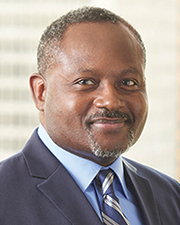
How COVID-19 has impacted office leasing - by Noble Allen and John Sokul
To say that the effects of COVID-19 has transformed office leasing is an understatement. When COVID-19 was at its peak, office spaces were practically abandoned either through governmental mandates or through actions taken by businesses themselves.


